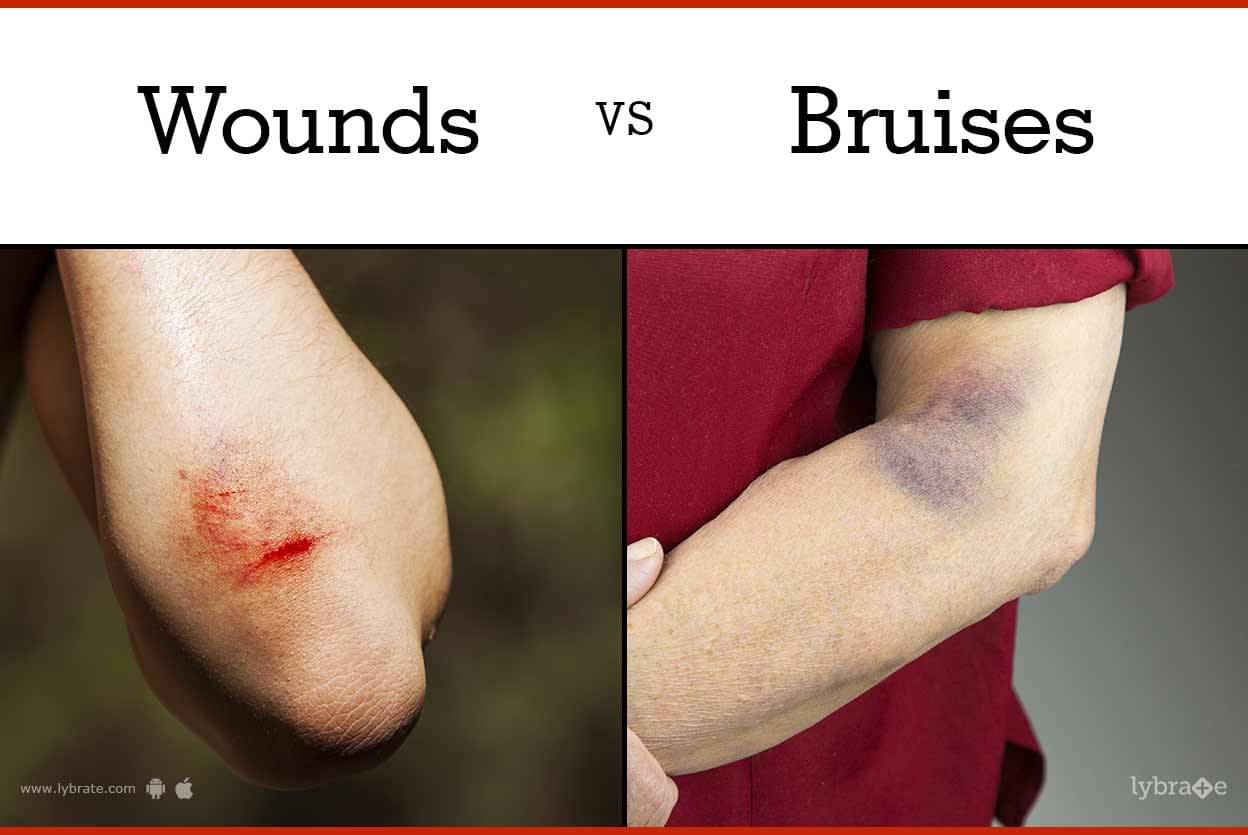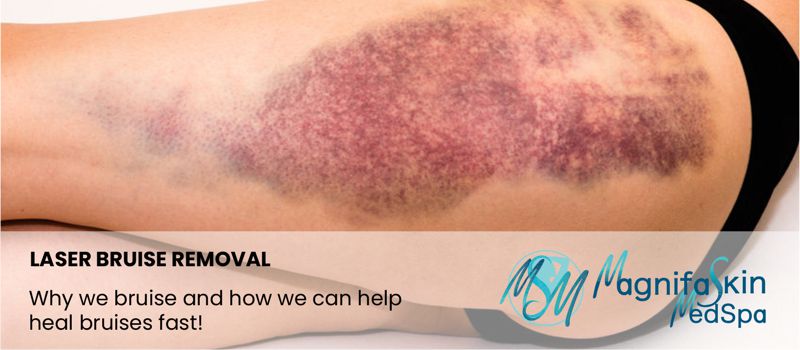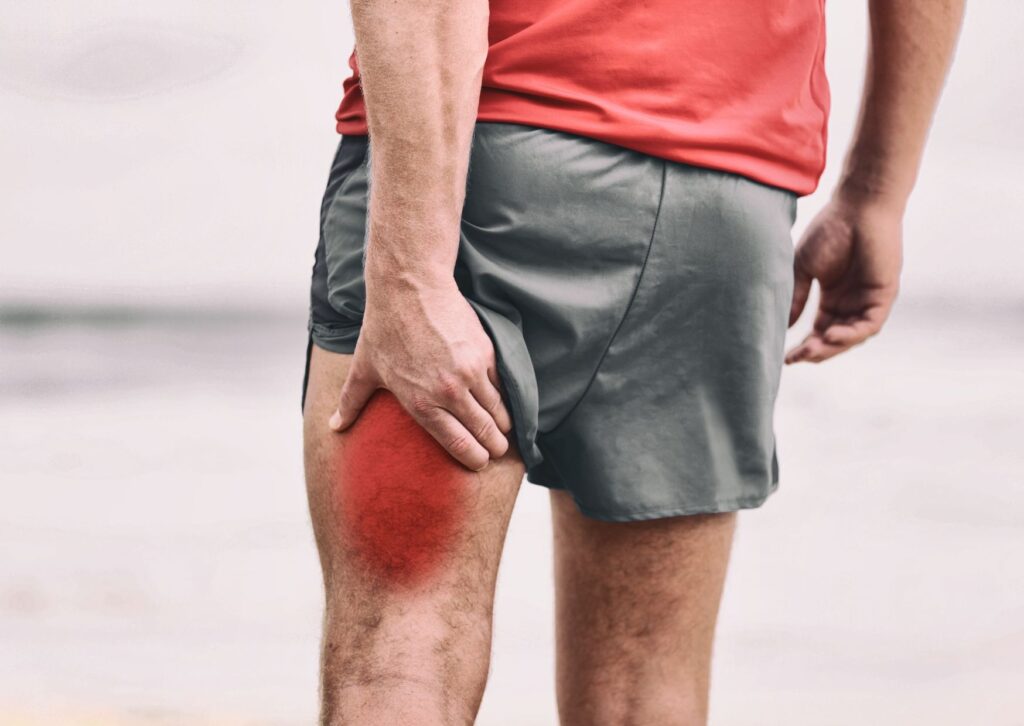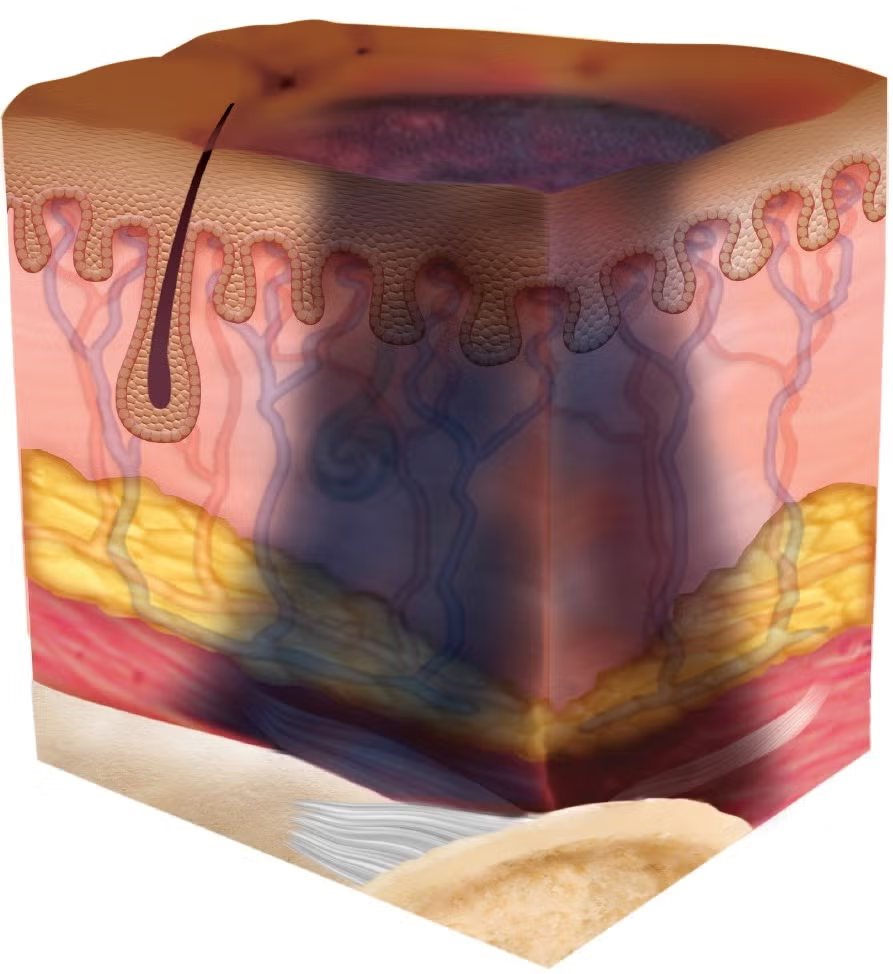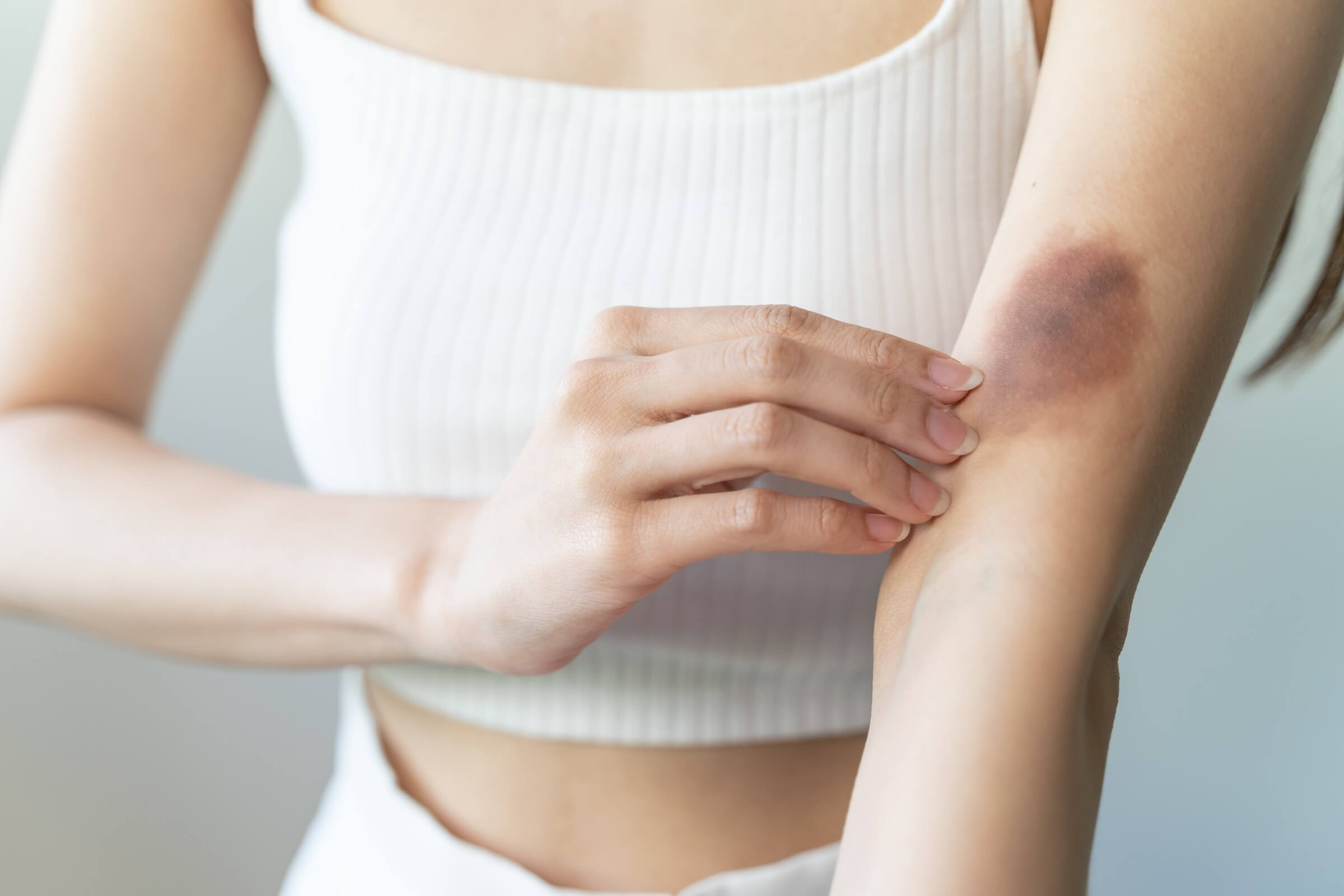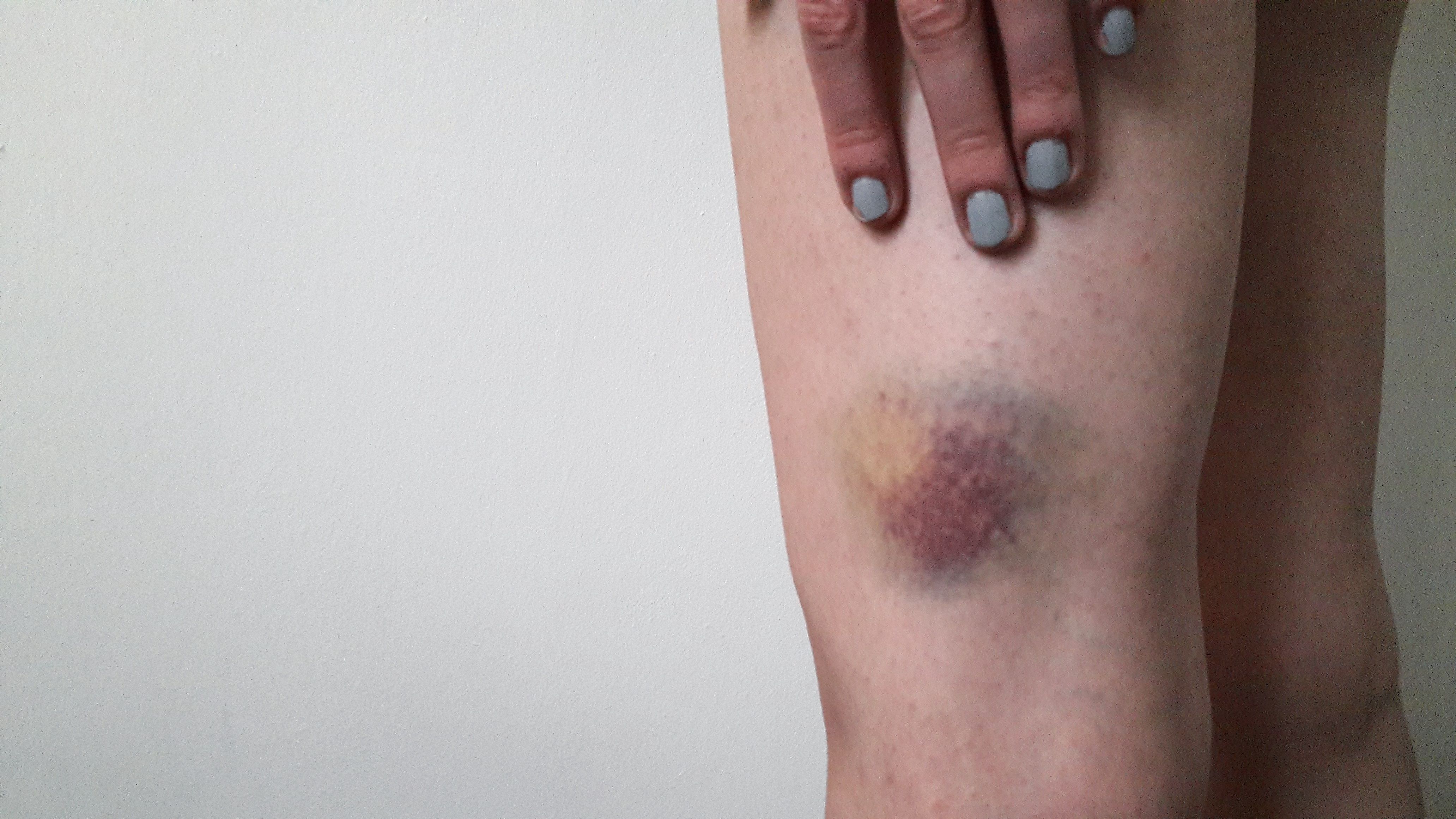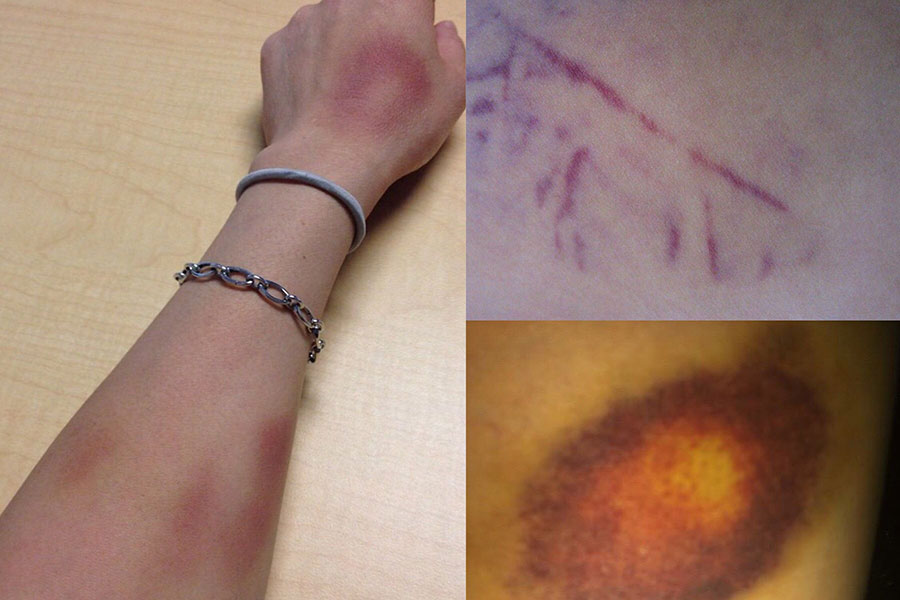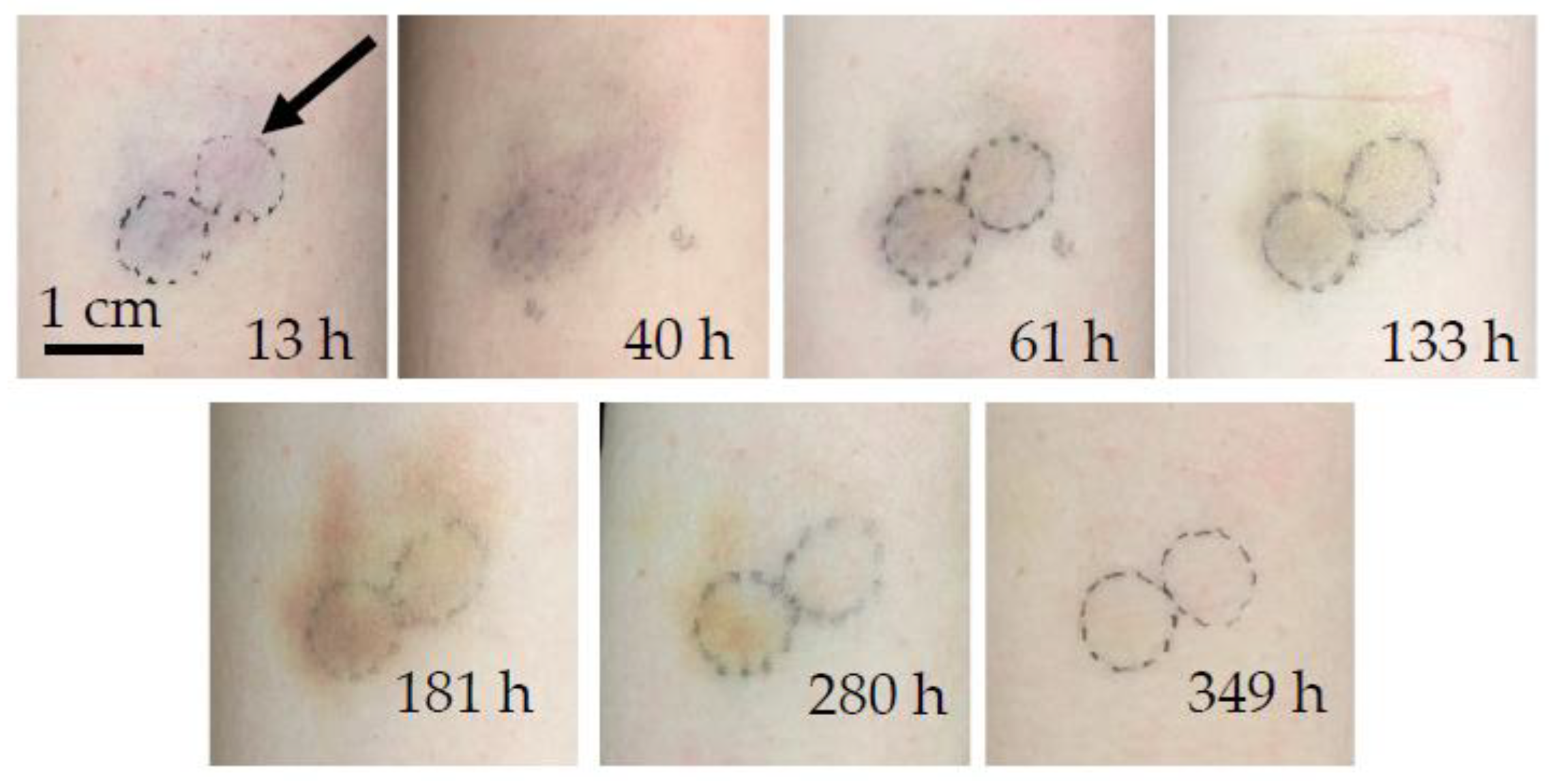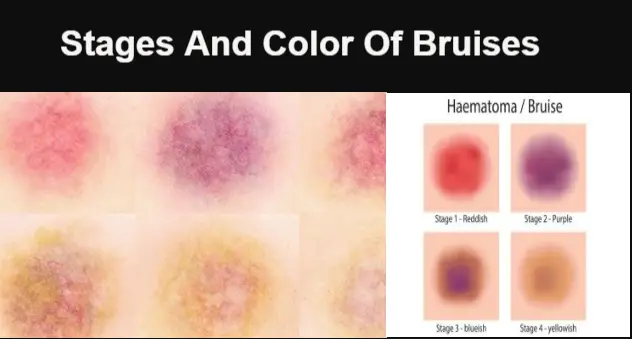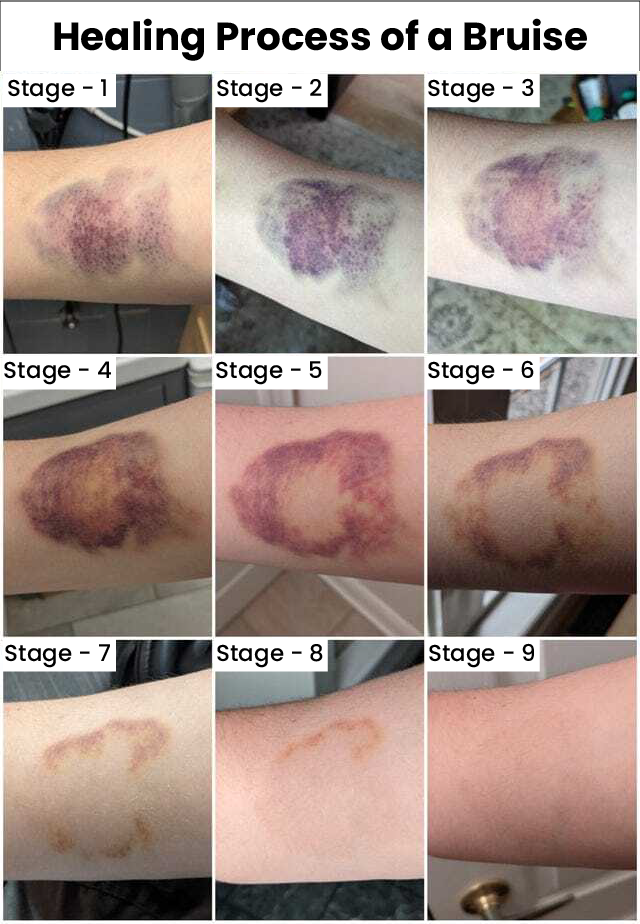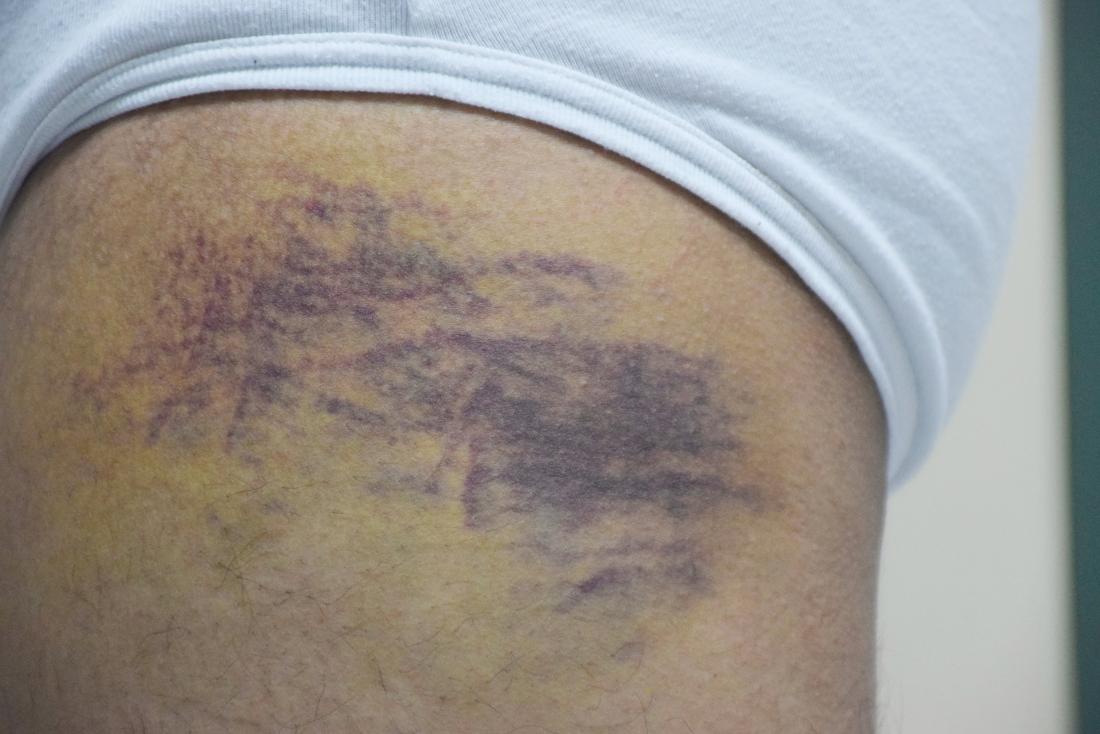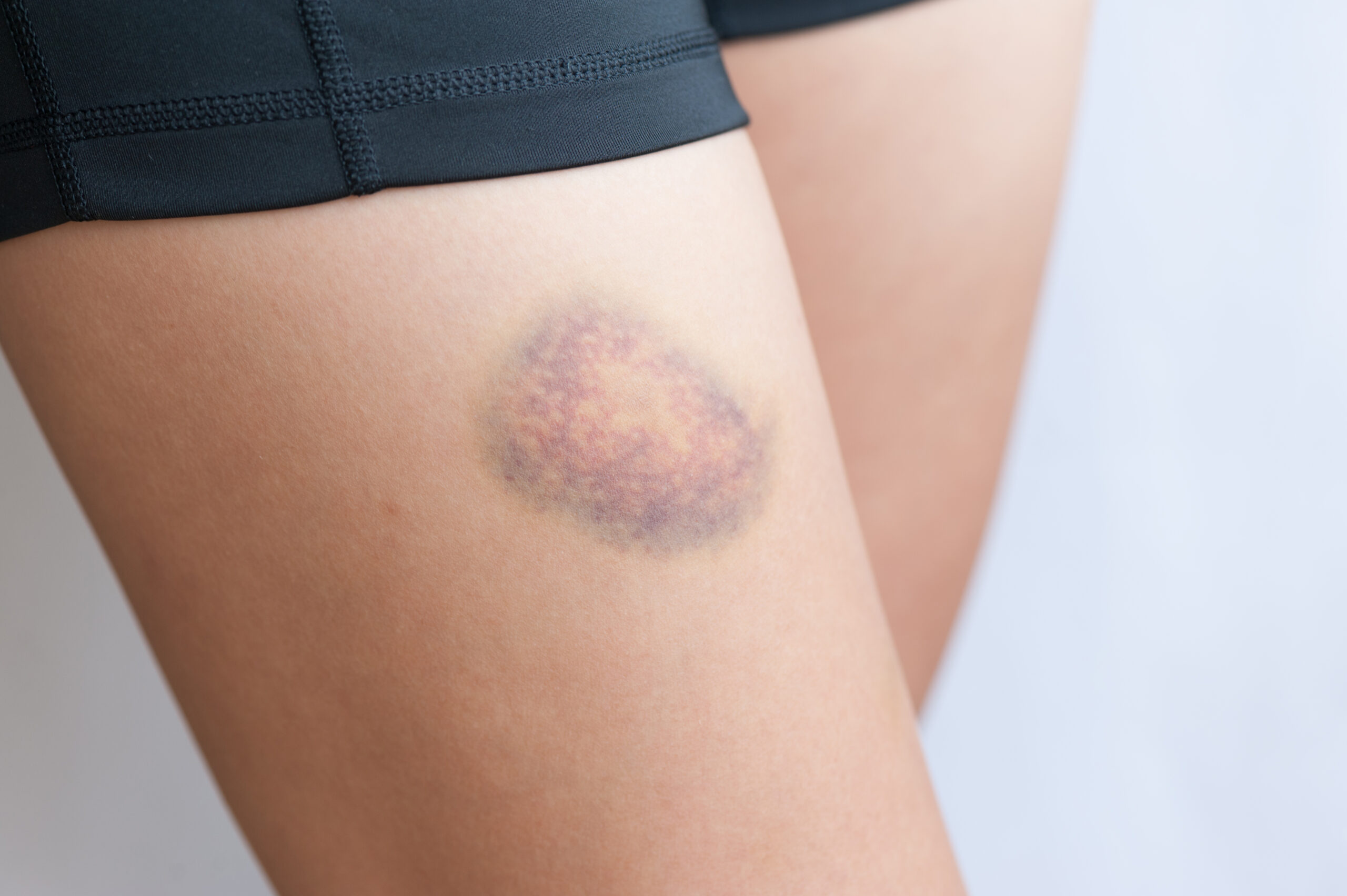Visible Bruising After Deep Tissue Massage

A deep tissue massage, often lauded for its therapeutic benefits in relieving chronic muscle pain and tension, can sometimes leave behind an unexpected and unsettling side effect: bruising. While proponents maintain it's a normal response indicating muscle manipulation, the appearance of visible bruising raises concerns for many recipients, prompting questions about proper technique, potential risks, and the line between effective therapy and over-aggressive treatment.
This article delves into the phenomenon of bruising after deep tissue massage. It will explore the factors that contribute to its occurrence, differentiate normal bruising from potential signs of complications, and provide guidance on when to seek medical advice. Understanding the nuances of this post-massage reaction is crucial for both massage therapists and their clients, ensuring informed decisions and safe therapeutic practices.
What Causes Bruising After Deep Tissue Massage?
Bruising, technically known as a contusion, occurs when small blood vessels, typically capillaries, break beneath the skin's surface. Blood leaks out, causing discoloration that ranges from red and purple to blue and green, eventually fading to yellow as the body reabsorbs the blood.
In the context of deep tissue massage, the pressure applied to reach deeper muscle layers can sometimes rupture these delicate capillaries. This is particularly true if the muscles are already tight, inflamed, or sensitive. According to the American Massage Therapy Association (AMTA), proper technique involves gradually increasing pressure to avoid overwhelming the tissues.
Several factors can increase the likelihood of bruising. These include individual susceptibility, such as age (older adults tend to bruise more easily), certain medications (like blood thinners), and underlying medical conditions that affect blood clotting. Genetic predispositions can also play a role.
Differentiating Normal Bruising from Potential Complications
Not all bruising is cause for alarm. Mild bruising, accompanied by localized tenderness and resolving within a week or two, is often considered a normal response to deep tissue work. These bruises are typically small and don't cause significant pain beyond the treated area.
However, it's crucial to differentiate this from more concerning signs. Excessive bruising, accompanied by severe pain, swelling, or restricted movement, could indicate a more serious issue. Similarly, bruising that appears far from the treated area or is accompanied by systemic symptoms like fever or chills warrants immediate medical attention.
According to a statement from the National Center for Complementary and Integrative Health (NCCIH), it’s important to communicate openly with your massage therapist about your pain tolerance and any pre-existing conditions. This helps them adjust their technique and pressure accordingly.
Perspectives from Massage Therapists
Many massage therapists emphasize the importance of communication and informed consent. Jane Doe, a licensed massage therapist with 15 years of experience, explains, "I always inform my clients that bruising is a possibility with deep tissue work, especially if they have very tight muscles. I also ask about any medications or conditions that might make them more prone to bruising."
Another common approach is to start with lighter pressure and gradually increase it as the client's tissues relax. "It's about finding that balance between applying enough pressure to release tension and avoiding unnecessary trauma to the tissues," says John Smith, another seasoned massage therapist.
However, not all massage therapists are equally skilled in deep tissue techniques. Improper training or a lack of awareness regarding individual client factors can increase the risk of adverse effects, including excessive bruising.
When to Seek Medical Advice
While most bruising after deep tissue massage is benign and resolves on its own, certain situations warrant medical evaluation. If the bruising is accompanied by intense pain that doesn't subside with over-the-counter pain relievers, it's important to consult a doctor.
Additionally, seek medical attention if you experience any signs of infection, such as redness, swelling, or pus discharge from the bruised area. If you have a history of bleeding disorders or are taking blood-thinning medications, it's essential to discuss the risks and benefits of deep tissue massage with your physician before undergoing treatment.
Severe bruising, especially if accompanied by dizziness or weakness, could indicate internal bleeding and requires immediate medical intervention.
"Ignoring these warning signs could lead to serious complications," cautions Dr. Emily Carter, a primary care physician.
Preventative Measures and Management
Several steps can be taken to minimize the risk of bruising after deep tissue massage. Choosing a qualified and experienced massage therapist is paramount. Look for therapists who are licensed and have specialized training in deep tissue techniques.
Open communication with your therapist is crucial. Be sure to inform them about your pain tolerance, any pre-existing medical conditions, and any medications you're taking. This allows them to tailor the treatment to your individual needs and minimize the risk of adverse effects.
After the massage, applying ice to the treated area can help reduce inflammation and minimize bruising. Gentle stretching and light movement can also promote circulation and facilitate healing.
Looking Ahead: Research and Education
Further research is needed to fully understand the prevalence and predictors of bruising after deep tissue massage. Large-scale studies could help identify individuals who are at higher risk and inform best practices for prevention and management.
Enhanced education for both massage therapists and their clients is also essential. Therapists should receive comprehensive training in deep tissue techniques, including proper pressure modulation and awareness of contraindications. Clients should be educated about the potential risks and benefits of massage, empowering them to make informed decisions and communicate effectively with their therapists.
Ultimately, a collaborative approach between therapists and clients, grounded in knowledge and clear communication, is key to maximizing the therapeutic benefits of deep tissue massage while minimizing the risk of unwanted side effects like bruising.

